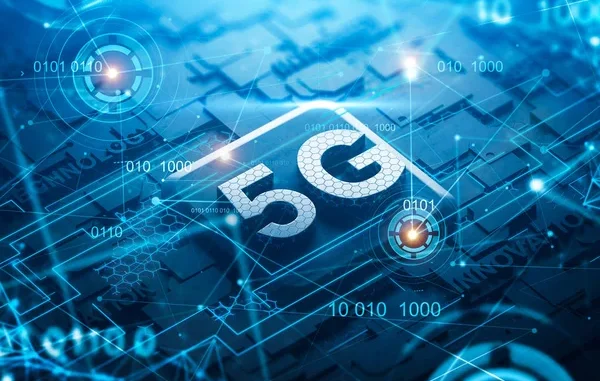
5G (Fifth Generation) is a wireless network technology that offers higher speeds, lower latency, and greater connectivity compared to its predecessors, namely 4G. It is designed to support a vast range of new use cases, including:
Smart cities: IoT applications, smart traffic management, and public safety services. Massive IoT: Connecting billions of devices, such as sensors, meters, and wearables.







Ultra-high definition video: Streaming high-quality video content to multiple devices.
Virtual and augmented reality: Immersive experiences with low latency and high bandwidth.
Industrial automation: Real-time monitoring, control, and automation in industries like manufacturing and healthcare.
5G Spectrum
5G operates on a range of frequency bands, known as the 5G spectrum, which are divided into three categories:
Low-band (n1-n5): Frequencies below 1 GHz, offering wide coverage but lower speeds (up to 1 Gbps).
Mid-band (n25-n38): Frequencies between 1 GHz and 6 GHz, offering a balance between coverage and speed (up to 5 Gbps).
High-band (n41-n66): Frequencies above 10 GHz, offering high speeds (up to 20 Gbps) but limited coverage.
Types of 5G Spectrum
Sub-6 GHz spectrum: Frequencies below 6 GHz, used for wide-area coverage and high-speed connectivity.
Millimeter Wave (mmWave) spectrum: Frequencies above 24 GHz, used for high-speed, low-latency applications with limited coverage.
TDD (Time Division Duplex): A duplexing technique that allows for higher spectral efficiency.
FDD (Frequency Division Duplex): A duplexing technique that is widely used in 3GPP-based wireless communications.


Leave a Reply